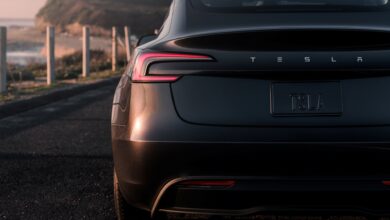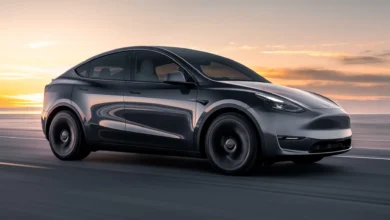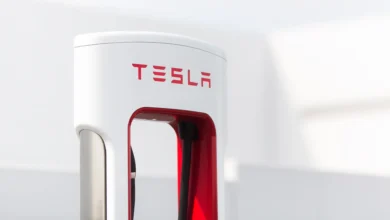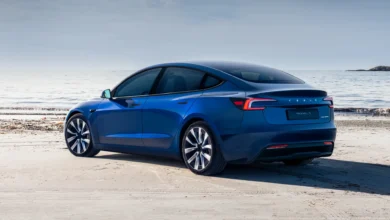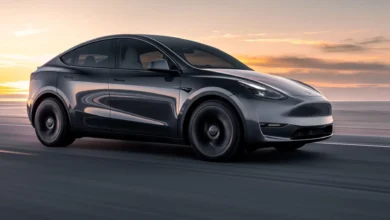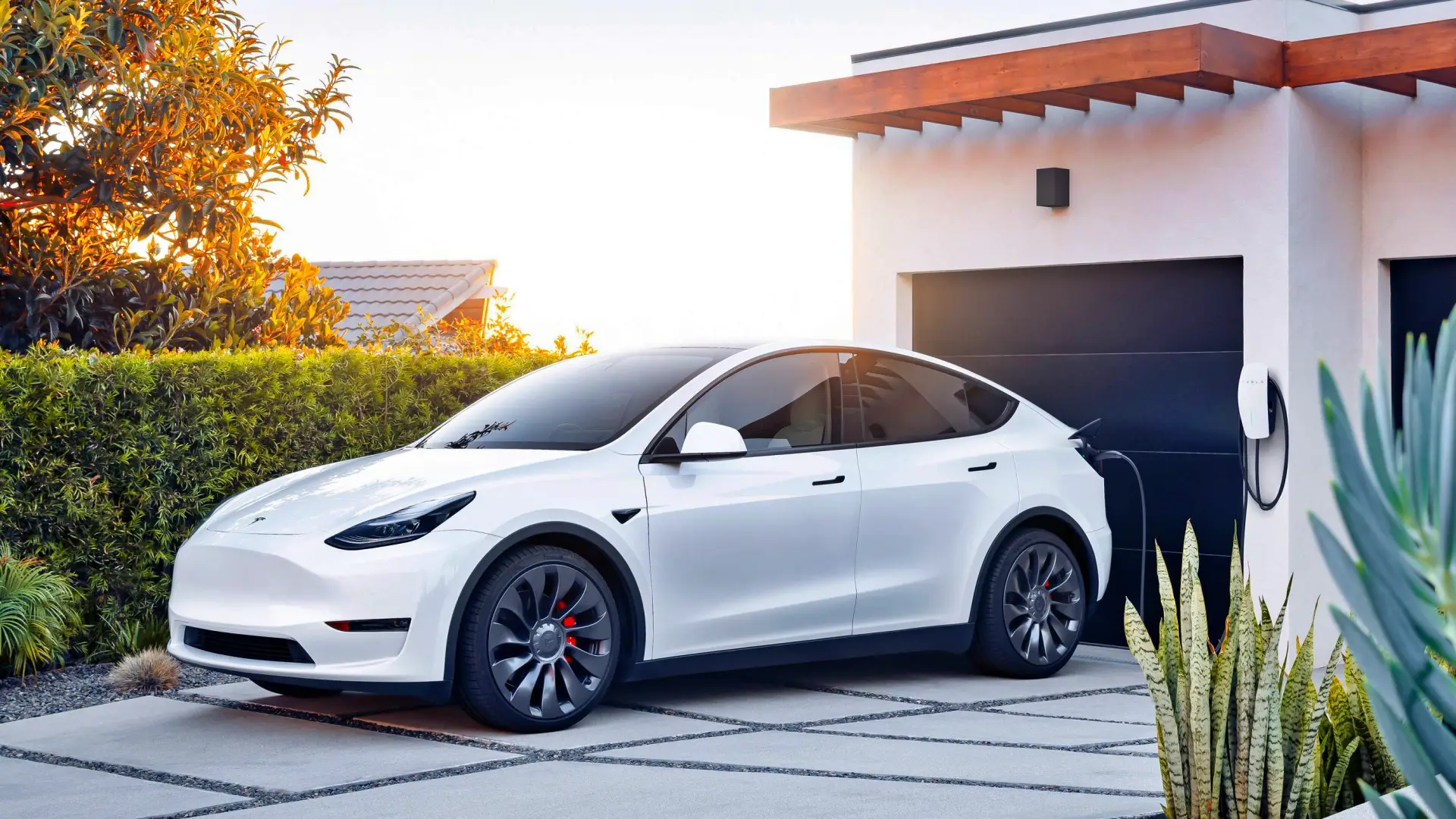
The price cut that Tesla kicked off with the new year has become big news for electric car buyers, especially since it seems to be spreading to other manufacturers. It is not by chance that it was the Americans who started this ‘war’. A few days ago there was speculation about the reason that had caused it, alluding to the reduction in available stock, the increase in production, and the lowering of the limits to access aid in some key countries such as China or Norway. Whatever it is, the truth is that there doesn’t just have to be a reason: economically, it must be viable, and for Tesla, it is.
The Californian manufacturer has more profit with each electric car that it delivers than the rest of its rivals. Elon Musk is using these wide profit margins to pass them directly on the price of his cars. Accustomed to the extra profit being distributed in dividends among shareholders, this is great news for buyers.
At the beginning of its short history, Tesla was one of the brands that lost the most with each car it built. His rapid growth, his vertical structure, and the fact that he only assembles electric cars have allowed him to turn the situation around. As a study by Reuters shows, over the past year, Tesla has led the industry in terms of profit margins. In the third quarter of 2022, it had a gross profit of $15,653 per vehicle, more than double that of Volkswagen, four times that of Toyota, and five times that of Ford.
The result of investing in R&D
In 2022, Tesla did the same as the rest of the manufacturers. The shortage of semiconductors and the rise in material prices forced them to reduce production and caused prices to rise. The industry focused on higher-margin models to increase profits, even though sales volumes were lower.
But, with the new year, Tesla challenges its rivals by changing this trend, taking advantage of the fact that the margin of its production costs is higher. This is the result of years of dedicated investment in machinery and production systems, as is the case with large castings that reduce manufacturing times and costs compared to the use of many small parts. It has also incorporated previously outsourced manufacturing of batteries and other components, as well as standardizing vehicle design to improve economies of scale.
In reality, Tesla has done nothing but apply what the automobile industry has always done. Henry Ford slashed prices for the Model T in the early 20th century thanks to assembly line innovation. During the 1980s and 1990s, Toyota adjusted its production to each market, managing to reduce costs and increase profits.
China becomes a key market
Across the planet, the demand for electric vehicles has increased in 2022 compared to the general market demand, which was used by all manufacturers to drive up prices. However, analysts warn that it could soon have more production capacity than demand.

In the world’s largest electric vehicle market, China, the end of subsidies has hastened a war in which the goal is to grab as much market share as possible. According to Bill Russo of Automobility, a Shanghai consultancy, “Tesla has gone with the option of taking the weaker players out of the game with tight margins and making a bigger pie with fewer slices.”
Last year, new entrants like Xpeng benefited from Tesla’s price hikes to rein in its economy. Now, it has to cut rates, but with a lower financial margin than Tesla. For each vehicle, Xpeng reported a gross profit of $4,565, according to data analyzed by Reuters. “We hope that more people will be able to access our cars by making them more and more affordable,” Xpeng said in a statement.
The Chinese market leader for electric vehicles, BYD, announced an increase in its prices from January 1, after the phasing out of subsidies announced by the Chinese government. For now, it hasn’t responded to Tesla’s latest price cuts in China: its gross margins, $5,456 per vehicle, give it a little wiggle room.
